Practical information
To read before coming
The Ecrins National Park is an ideal mountain area for hiking that requires a preparation for outings.
The winter and spring snow means that the network of maintained paths is gradually open from late spring to early autumn. Access to the highest passes and refuges are sometimes snow-capped until July. Preparation for going hiking then requires special attention to the conditions of practice.
Houses of the Park and Tourism Offices of the Ecrins are the most qualified structures for information on the state of paths and any temporary difficulties (work, landslides, etc.).
Well preparing and securing your hike
- Locate your route and check the conditions of access to the paths of the area.
- Check the level of the route fits with your form.
- Get some information about the weather before leaving.
- Take a map sufficiently precise and inform a parent of your road.
- Be equipped with hiking boots and warm and waterproof clothes.
- Do not forget to take water, something to eat and sun cream.
- Book your night in shelters or lodges-hiking.
> For help with tips: contact the Ecrins Park Houses and the Tourist Offices
Useful information and emergencies
Ecrins National Park : +33 (0)4 92 40 20 10
Mountain weather : 32 50 - www.meteofrance.com
Mountain Rescue (38) : +33 (0)4 76 22 22 22
Mountain Rescue (05) : +33 (0)4 92 22 22 22
European emergency number : 112
Samu : 15
Signage of the paths
National Park paths are punctuated by a directional signage at departures and routes' intersections.
Sites giving access to the core zone of the National Park are marked by entries panels composed of a map, a reminder of the rules and information on heritage.
On the paths, the limits of the core zone are indicated by blue-red-white flags painted on rocks.
Entering the core zone is specified by signage plates recalling regulation.
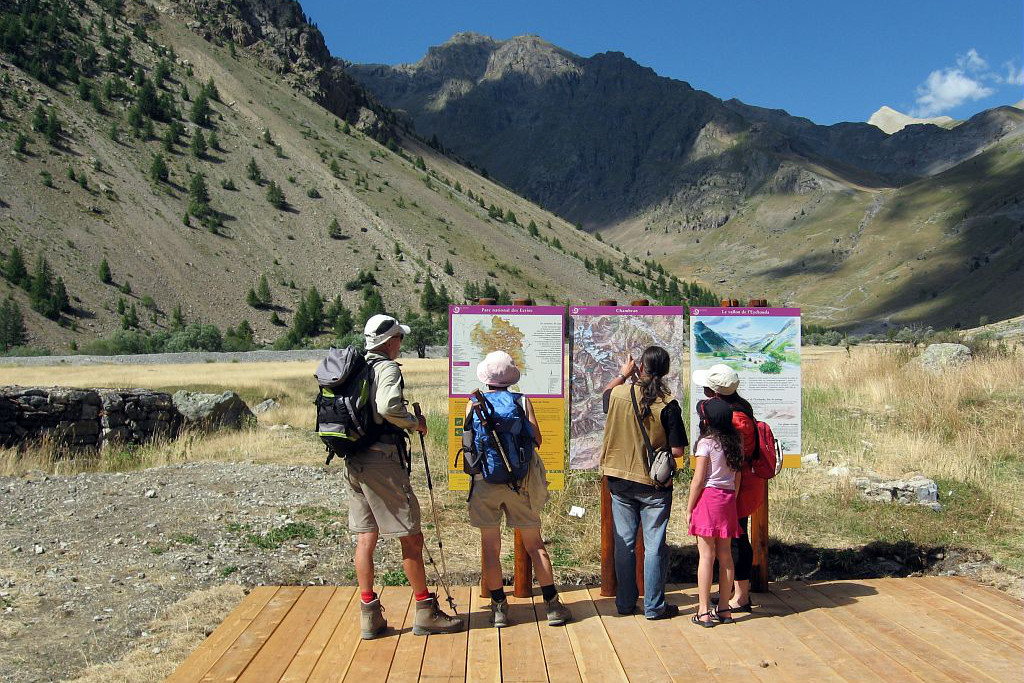
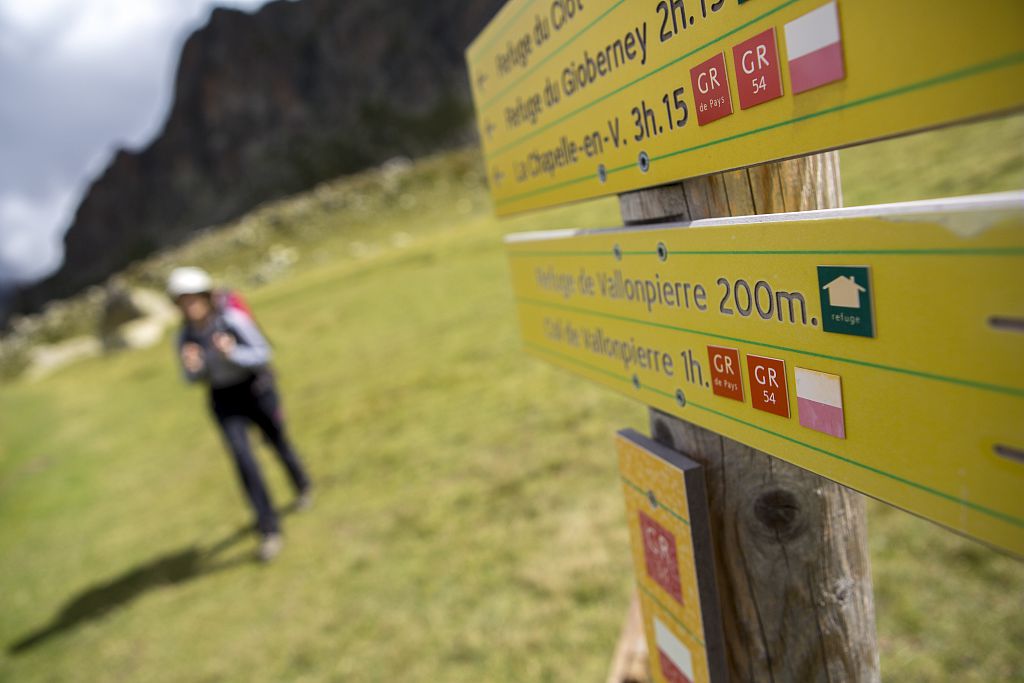
Herds protection dogs
Some hikes go through meadows pastured by herds. These are often under the surveillance of sheepdogs or protection dogs defending them against predators, such as the patous. These dogs are not particularly aggressive against humans but, as their role is to defend the herd, they can be "protective." Hikers are therefore advised to continue their way quietly and circumvent the pasturing herds.
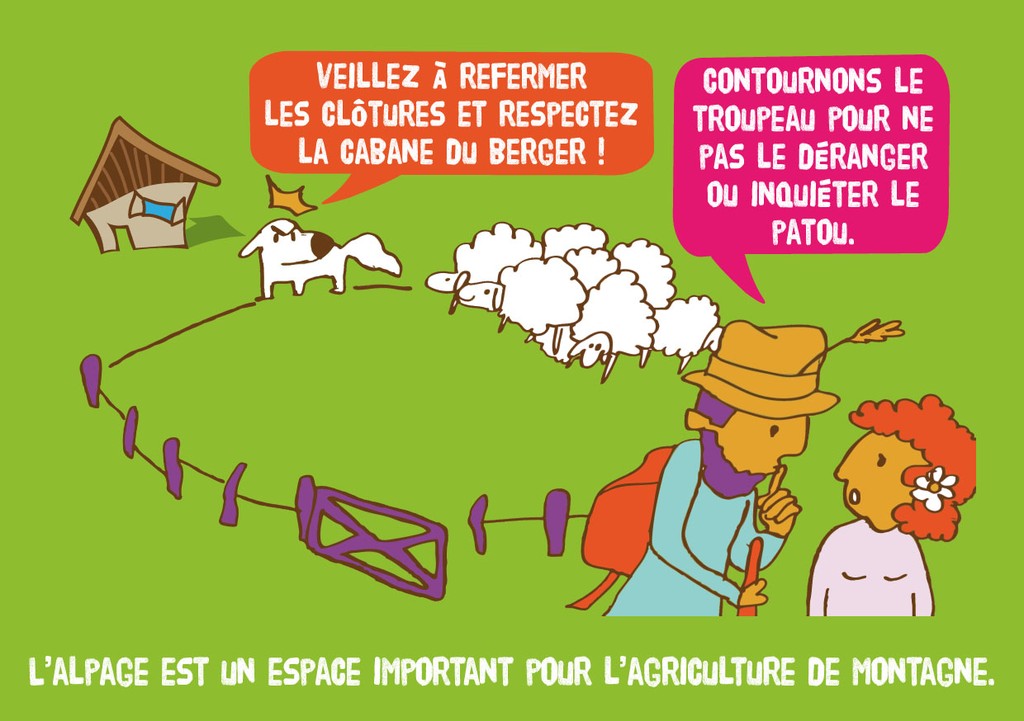
Marmots and man
In summer, in meadows and pastures of the Ecrins National Park, marmots can be easily observed for the greatest pleasure of everyone.
Feeding marmots such as pets change their behavior and risks perception, what exposes them a little more to their natural predators (eagles, foxes ...). Offering them fatty food, chocolate bars or other foodstuff goes against their diet based on vegetables.
Finally, there is a real risk to feed a marmot by hand: you may be bitten and the incisors of marmots are extremely effective!
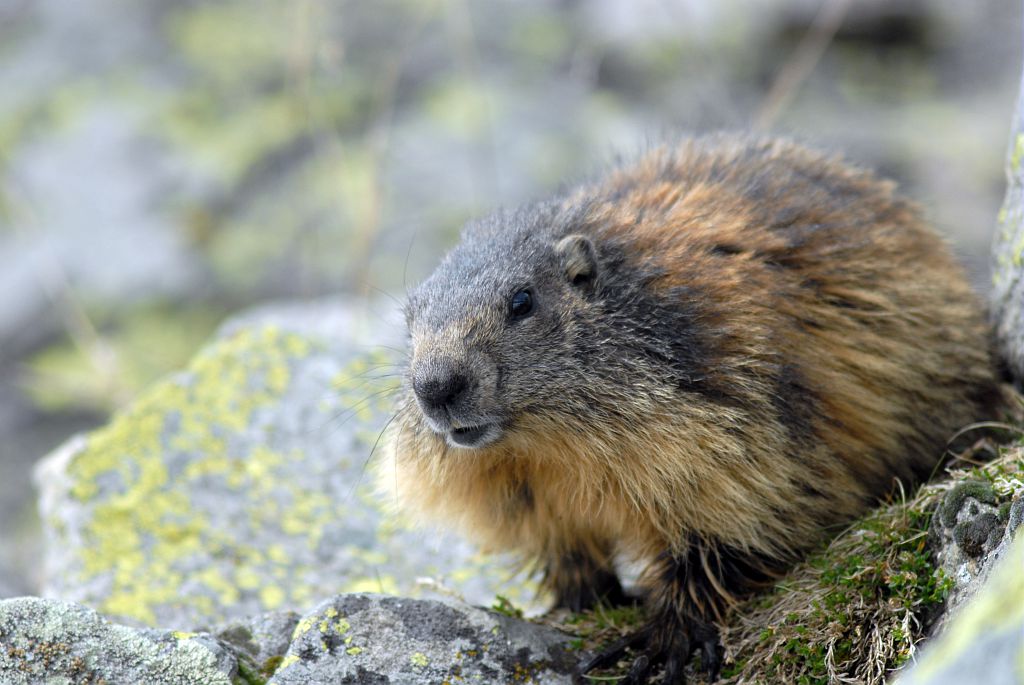
Wildlife observation
The observation of fauna and flora, the discovery of remarkable sites will be especially enriching as they have been prepared. Spotting scopes, binoculars, photographic cameras, sketchbooks or notes are all tools of observation which guarantee the intimacy of the wildlife and the landscape reading. In nature, you are always a guest; welcome to the Ecrins.
Eco-altitude
During your walks, you will cross natural spaces, mountain pastures or villages. To preserve all this exceptional natural heritage, please play your part by adopting the 20 eco-gestures for the mountains!
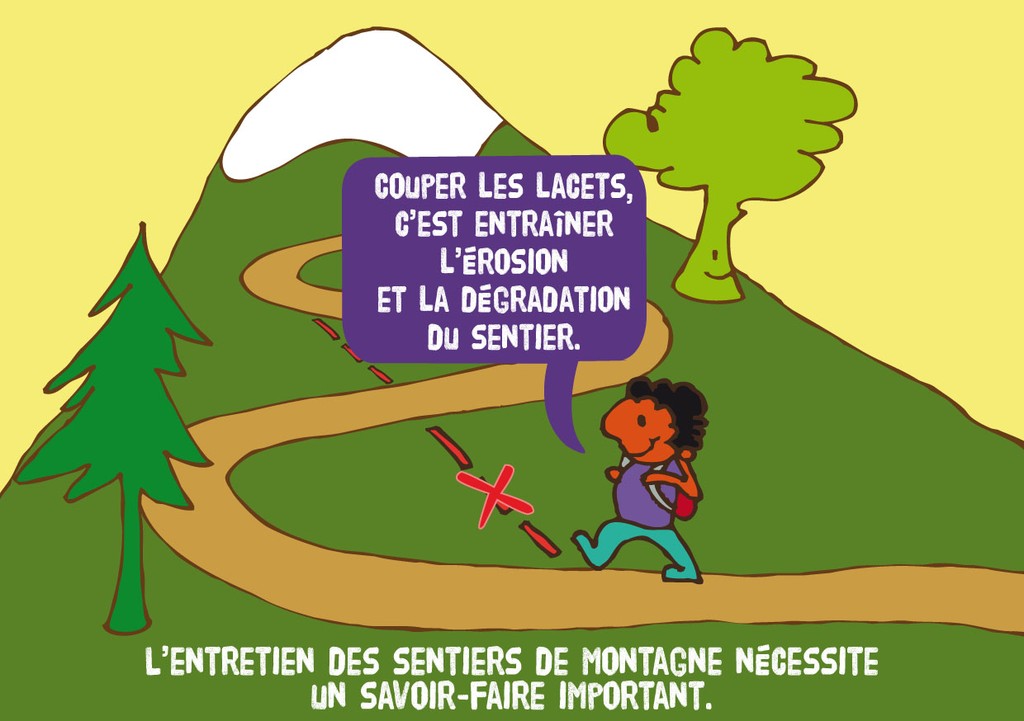
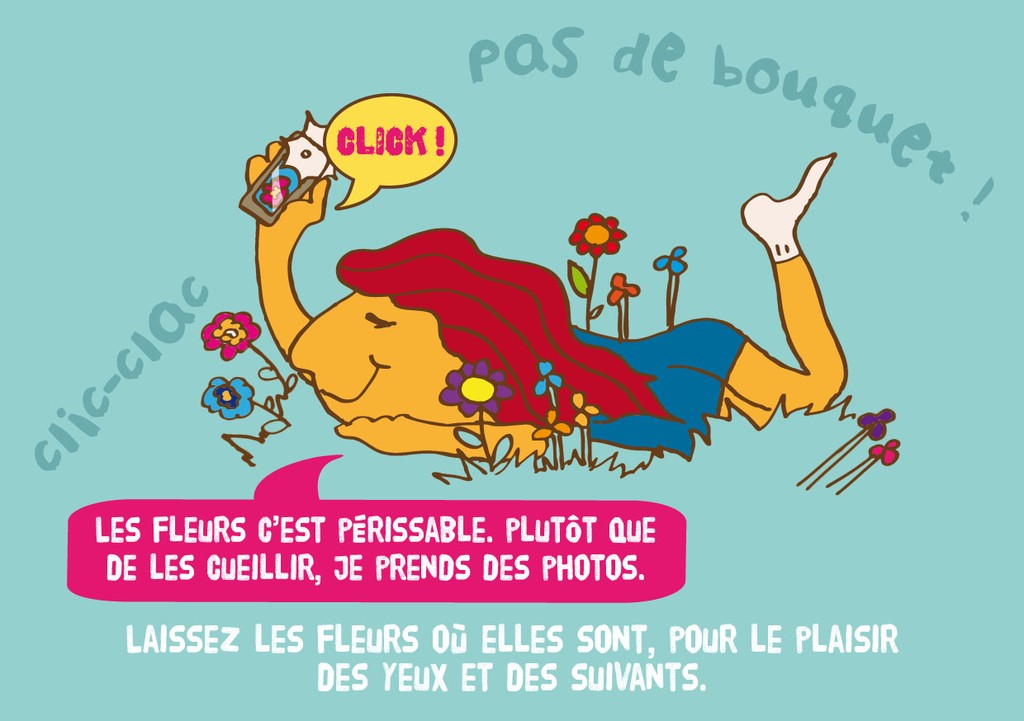
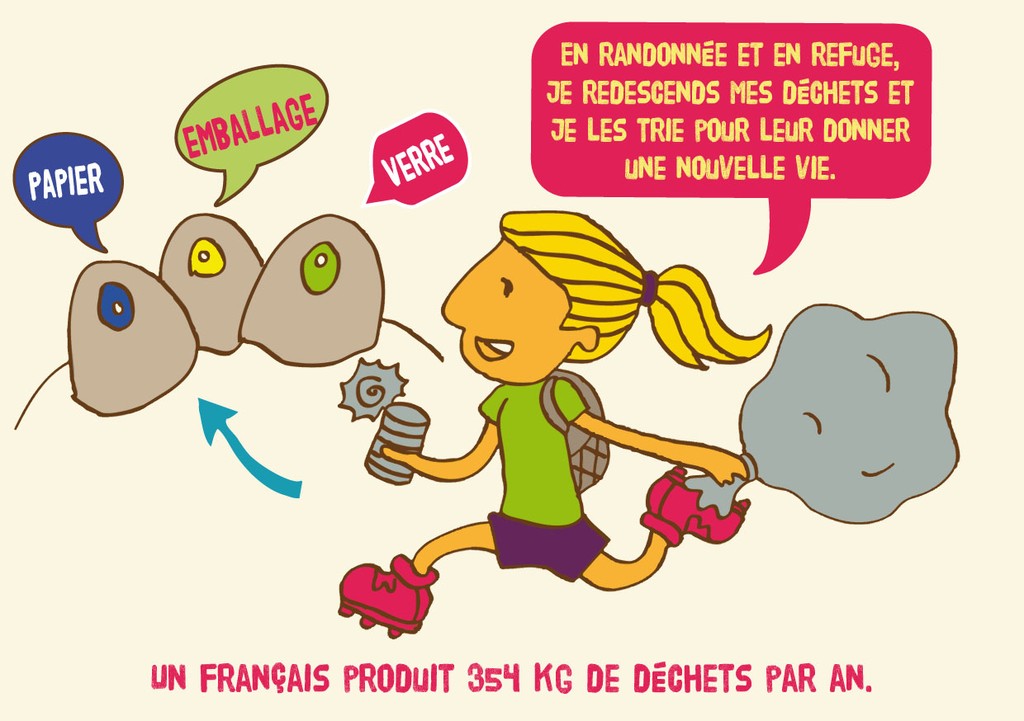
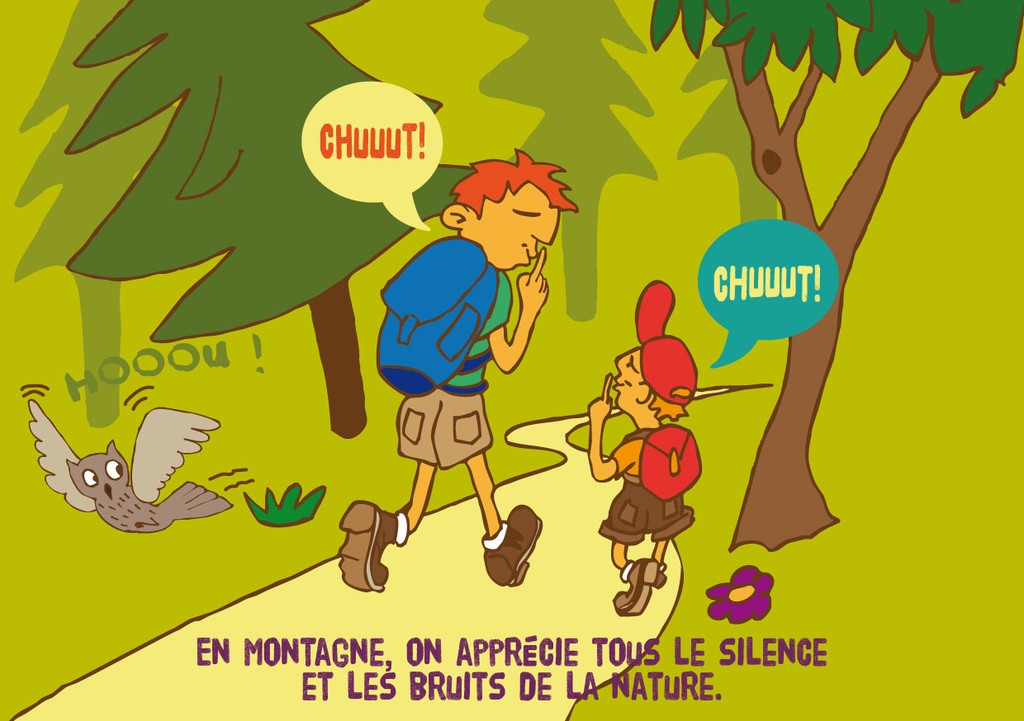
> See the 20 things you can do to take care of the mountains !
Unusual accommodation in the high mountains
The refuge is the end of the footpath for some. For others, it is a welcome halt before going further on along the footpath or up into the mountains. These high-altitude buildings welcome a range of visitors who come to share much more than just a meal and a place to stay: the mountains. Carry your rubbish back down with you, remember that other people may be trying to rest, help the refuge keepers by respecting the hours and by keeping up certain traditions, such as folding your cover and using the "galoshes". Leave a trace of your visit and share this fine adventure in the visitors' book.
Don't forget to call and reserve your place and your meal, if need be.
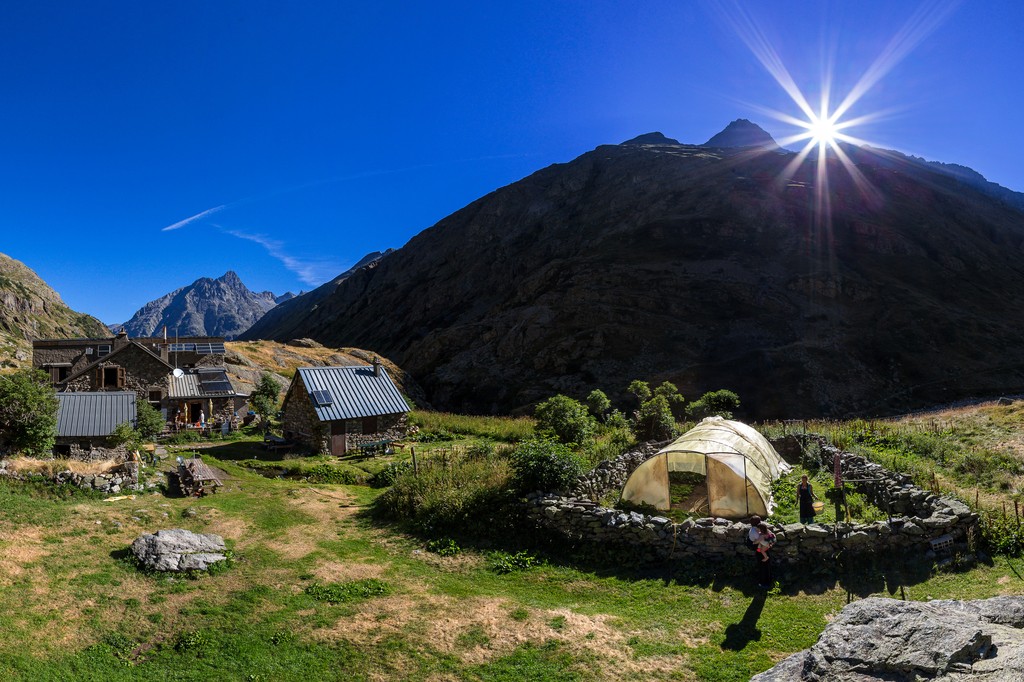
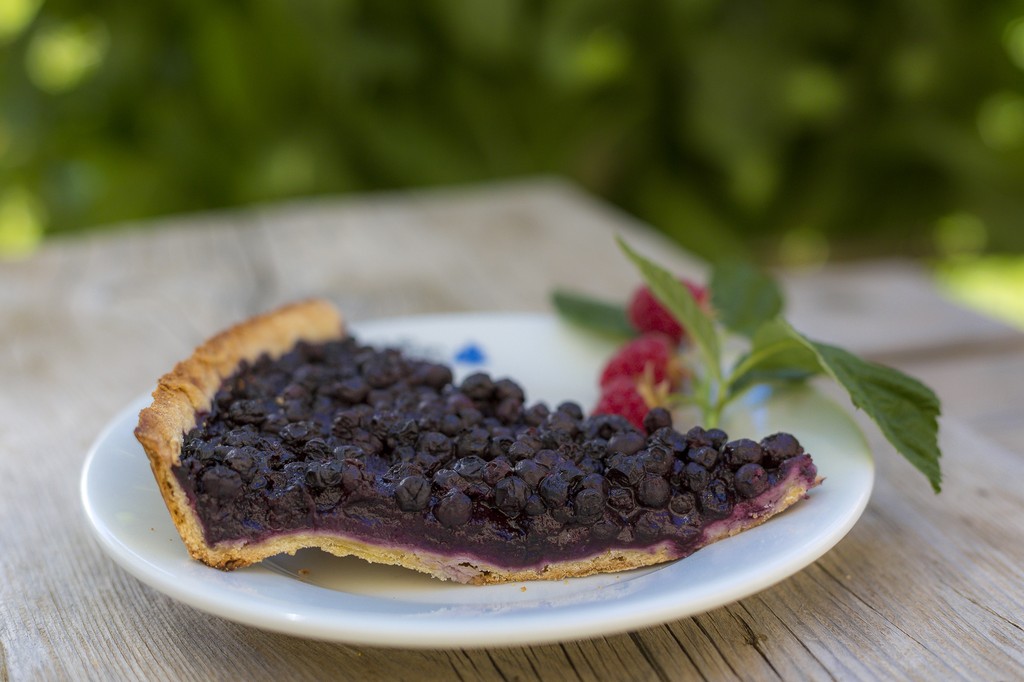
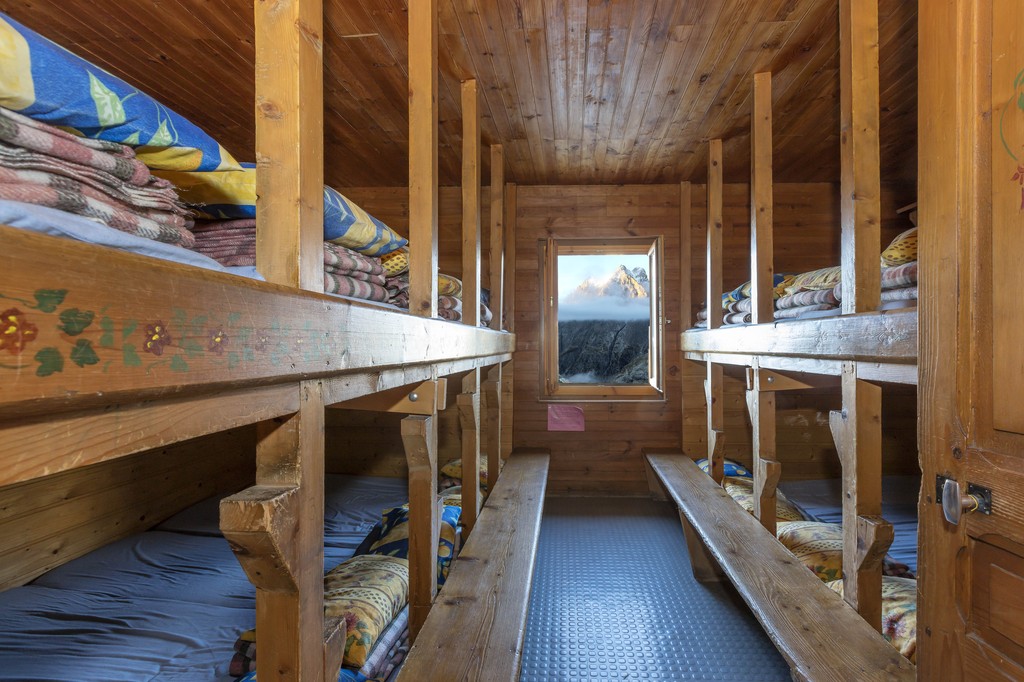
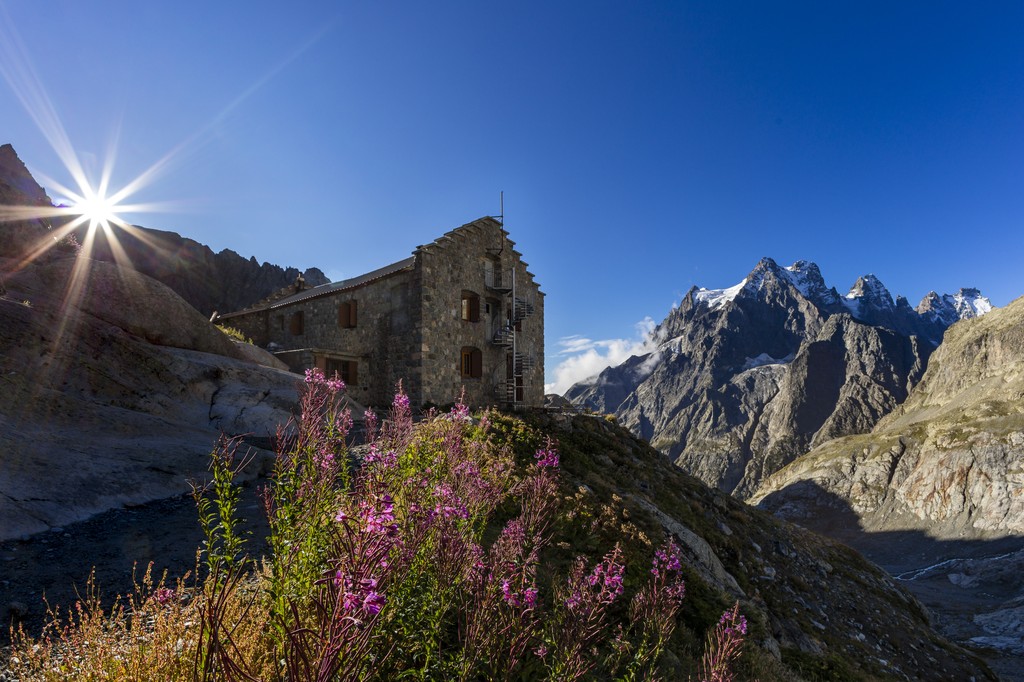
The Heart of the Park is the most sensitive part of the Park, where the human footprint is less prominent. The Écrins National Park authorises bivouac camping for hikers, but only on the following conditions:
- your tent should be small in size, and not big enough for you to stand up in it.
- the tent can be put up only after 7 p.m. and must be taken down before 9 a.m.
- bivouac camping is authorised for one night, or at the most, for as long as bad weather conditions might affect the hiker's safety.
You can set up your tent:
- either over an hour's walk away from a road or from the Heart of the Park
- or less than an hour's walk away from a road or from the Heart of the Park, but near the busiest refuges on the major hiking routes: at Pré de la Chaumette in Champoléon, on the banks of the Muzelle Lake in Venosc and at Le Pré des Selles, near Lake Lauvitel in Le Bourg d'Oisans.
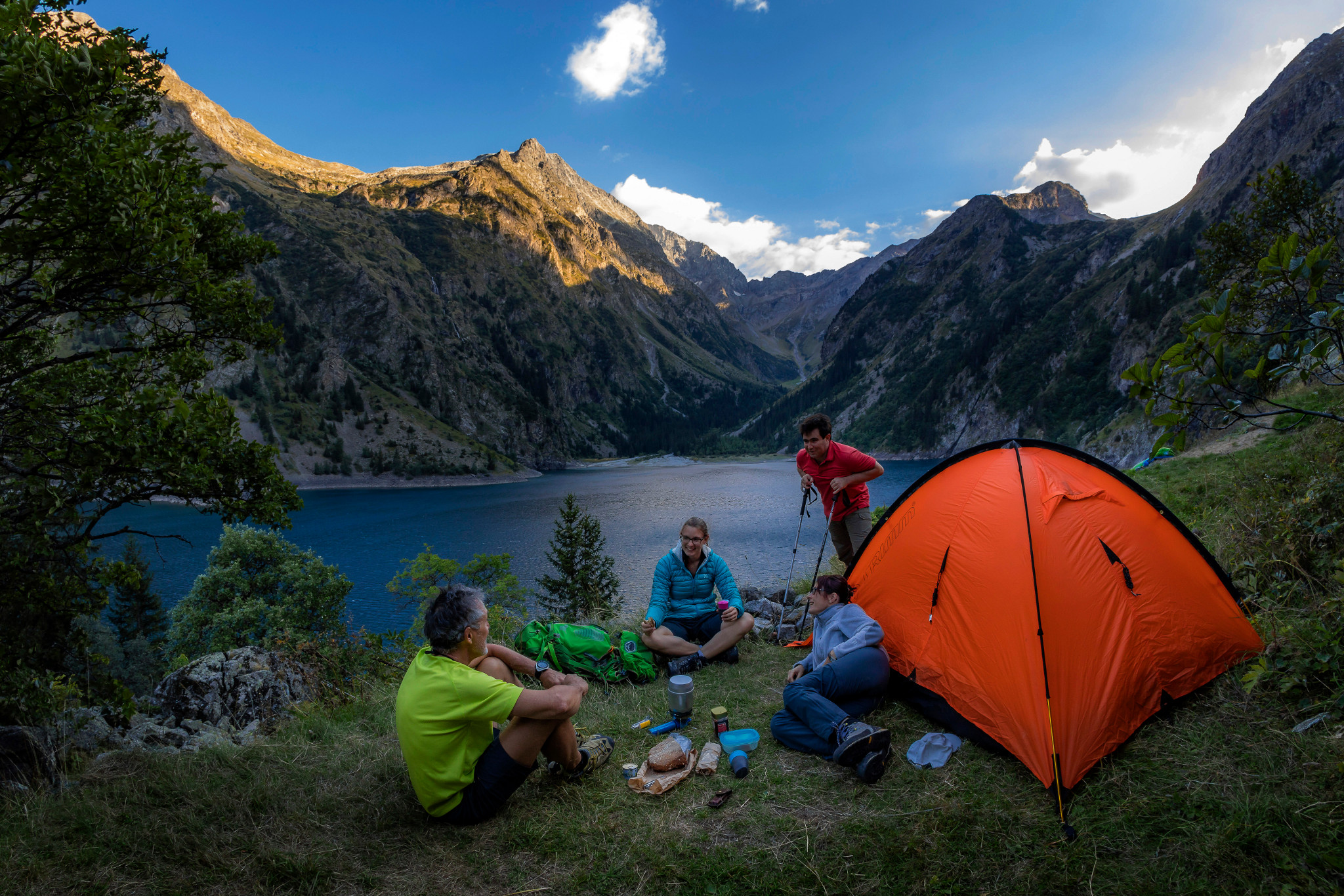
Source

